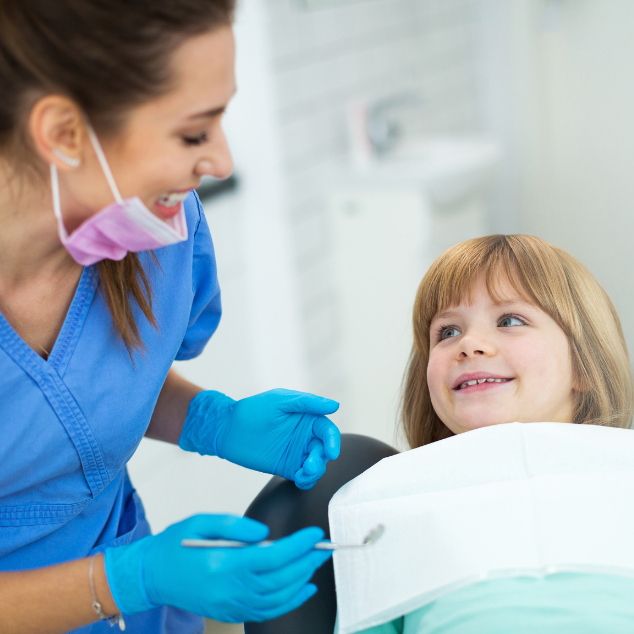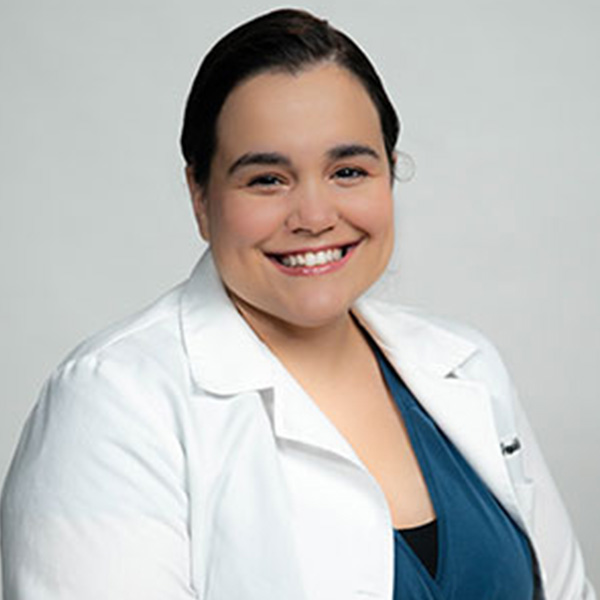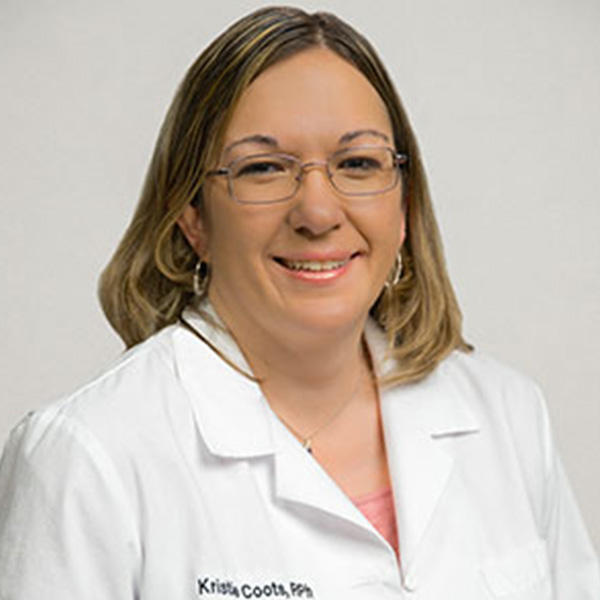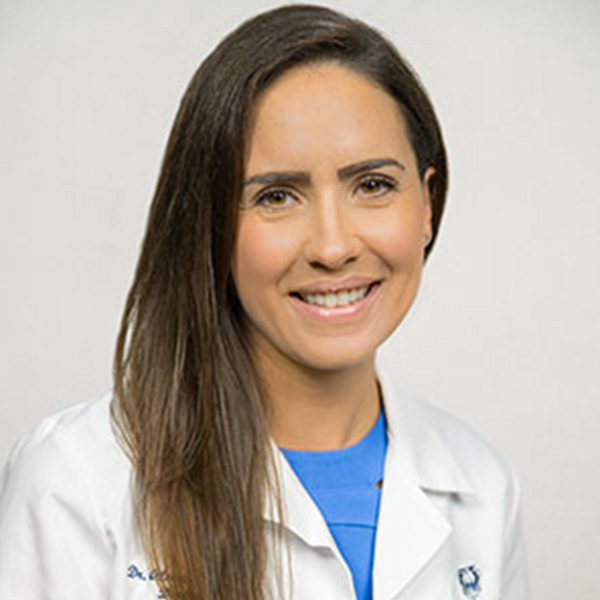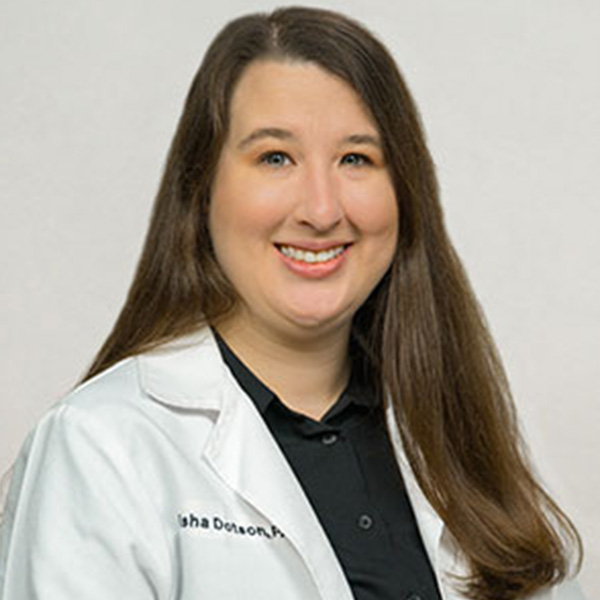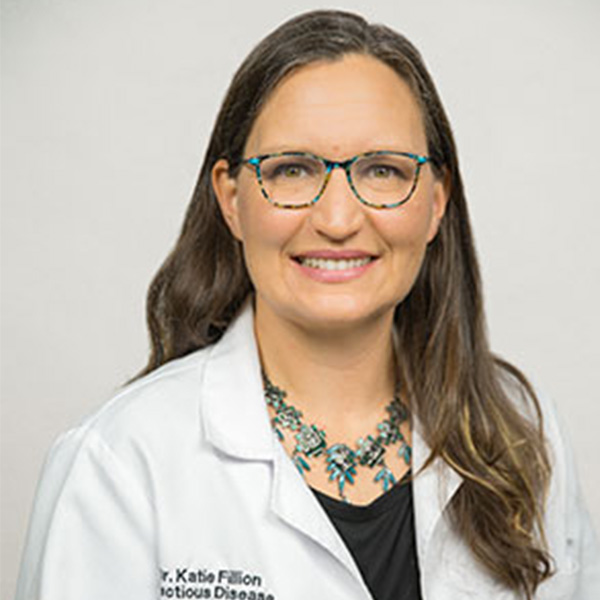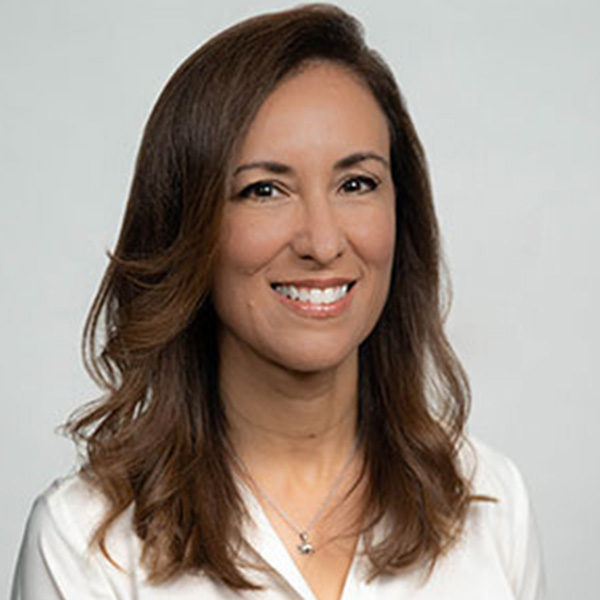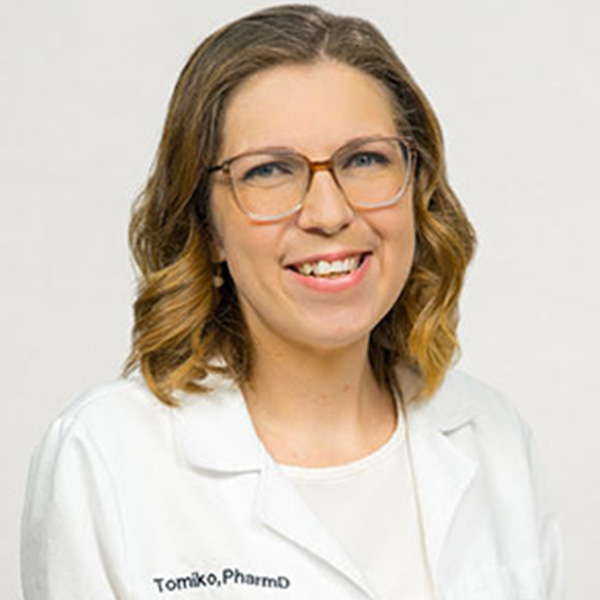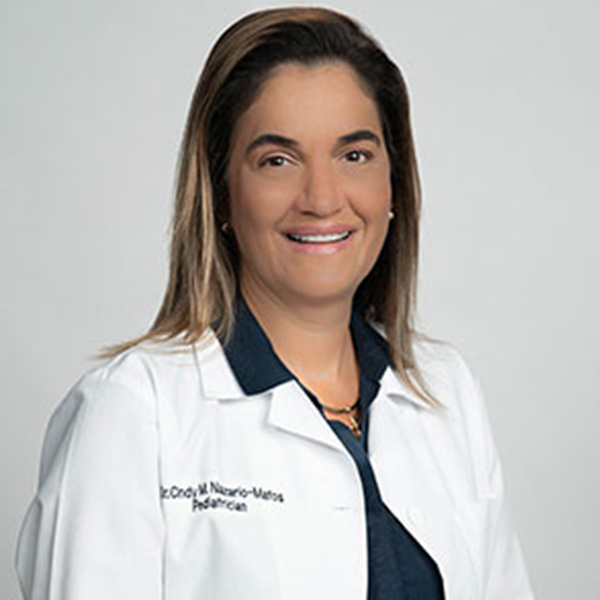Understanding and Navigating Cervical Cancer
Cervical cancer is cancer that starts in the cells of the cervix, the lowermost part of the uterus. According to the World Health Organization (WHO), it is the fourth most common cancer in women globally, with an estimated 604,000 new cases and 342,000 deaths in 2020. Understanding its complexities is crucial for effective prevention, early detection, and successful treatment.
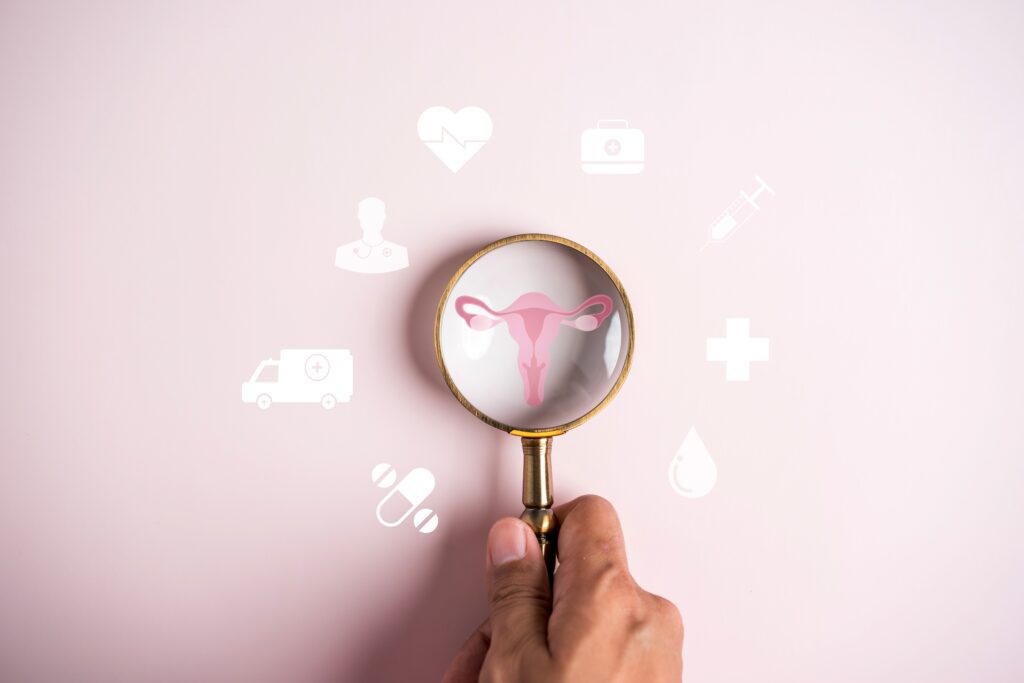
Who Is At Risk?
The primary risk factor for cervical cancer, according to the American Cancer Society (ACS), is the Human Papillomavirus (HPV). HPV is a common virus that is passed from one person to another during sex. At least half of sexually active people will have HPV at some point in their lives, but few will get cervical cancer. Other contributing factors include smoking, weakened immune systems, long-term use of birth control pills, and engaging in high-risk sexual behaviors. According to the U.S. Center for Disease Control (CDC), cervical cancer occurs most often in people ages 30 and older.
Reduce Your Risk
Diagnosing cervical cancer involves a series of steps including routine gynecological examinations, Pap smears, and HPV tests. These exams enable healthcare professionals to detect abnormalities in cervical cells and assess the presence of HPV.
Regular screenings help greatly when it comes to the prevention of cervical cancer. The ACS recommends a combination of Pap smears and HPV tests, with screening frequency tailored based on age and individual risk factors. Early detection through these screenings significantly enhances the chances of successful treatment and recovery.
Screening tests can help detect cervical cancer and precancerous cells that may one day develop into cervical cancer. Most medical organizations suggest beginning screening for cervical cancer and precancerous changes at age 21. The tests are usually repeated every few years.
According to The American College of Obstetricians and Gynecologists cervical cancer screenings should begin at age 21.
Women ages 21–29: Women in this age bracket should have a Pap test every three years, provided Pap results continue to result normal. If you have an abnormal result, your provider will determine the appropriate follow-up.
Women ages 30-65: Women in this age bracket should do one of three options – have a Pap test every three years; have an HPV test every five years; or co-test every five years. The usual recommendation is co-testing every 5 years, provided the results remain normal.
Women ages 65 and older: If you are a woman over the age of 65 who has had regular screening in the past 10 years, yielding nominal results, you may be able to stop regular screenings.
The CDC urges children – boys and girls – to receive an HPV vaccination beginning at age 11. However, anyone up to age of 26 should receive the HPV vaccination. It is possible to receive the vaccination if you are 27 and older, after discussing the risks and benefits with your healthcare provider.
“Following CDC guidelines, it is important both boys and girls receive the HPV vaccine at the earliest recommended age,” explains Brevard Health Alliance (BHA) Women’s Health provider Jessica Garcia, APRN. “The goal of early vaccination is to complete the series prior to first sexual encounter. Many parents are fearful this will increase sexual promiscuity among teens, but studies refute this fear. Having early vaccination gives teens and young adults the best protection against the most oncogenic strains of HPV, which in turn decreases risk of cervical, anal, penile and esophageal cancers.”
Treatment Options
If you receive a cervical cancer diagnosis, treatment options are tailored to the unique circumstances of each patient. Surgical interventions, radiation therapy, and chemotherapy are among the types of treatments available. The goal is to strike a delicate balance between treatment effectiveness and preserving the patient’s quality of life. This personalized approach ensures that everyone receives the most appropriate and effective care.
“Once an abnormal pap result is identified, one of our providers will reach out to the patient to discuss the next steps of screening. This may require the Pap smear to be repeated at a sooner interval, or require another procedure called a colposcopy,” says Garcia. “The colposcopy is an examination of the cervix under a high-powered microscope, after the cervix is cleansed with an acetic solution. This solution helps to identify abnormal cells which will be biopsied at that time. If results are concerning for pre-cancerous or cancerous cells, the patient will be referred for a LEEP procedure. If results are benign, the typical recommendation is to repeat the Pap smear one year from the time of colposcopy.”
BHA Is Here For You
A health center can play a critical role in supporting individuals through their cervical cancer journey. Beyond the clinical aspects of screenings and vaccinations, BHA can help connect patients to specialists for more aggressive treatment while continuing to offer a holistic approach to care.
Our dedicated healthcare professionals provide counseling and offer educational resources that empower patients and their families.
To learn more or schedule a screening, call Brevard Health Alliance today at 321.241.6800.









